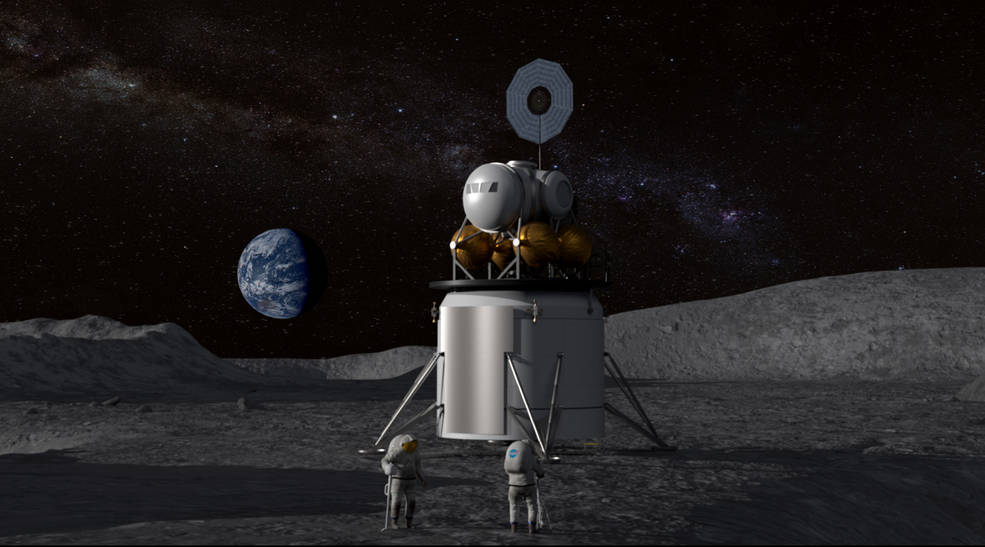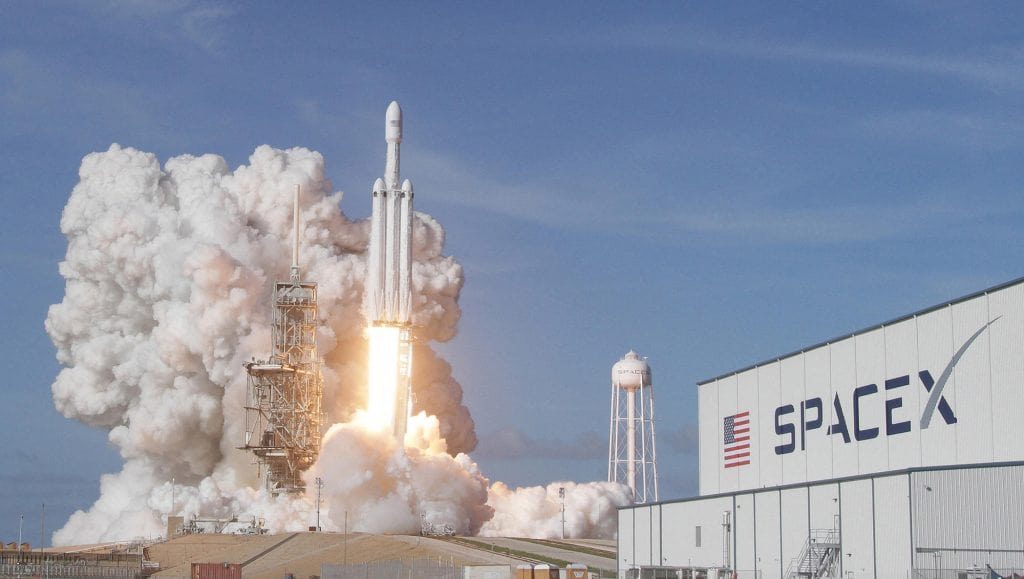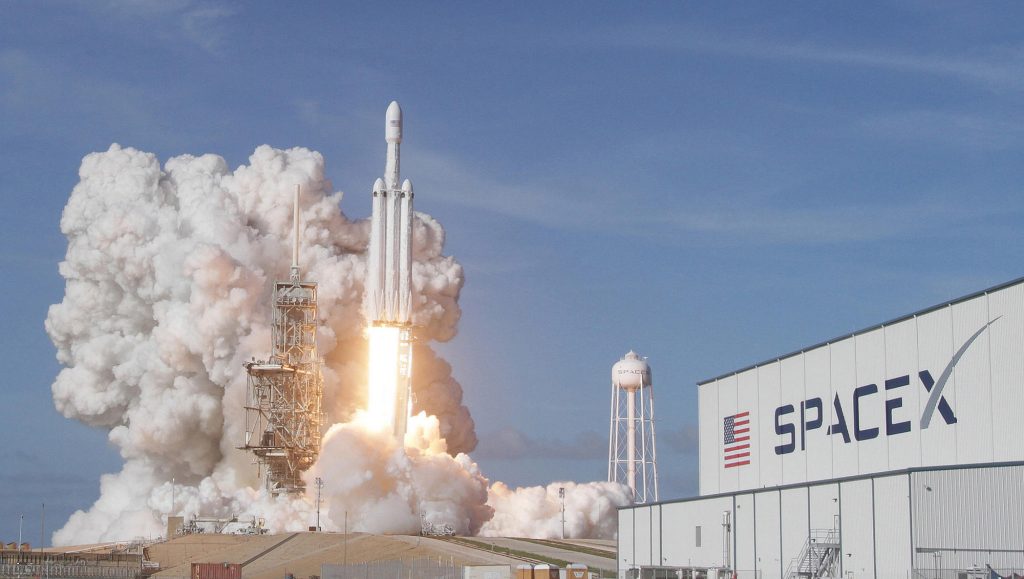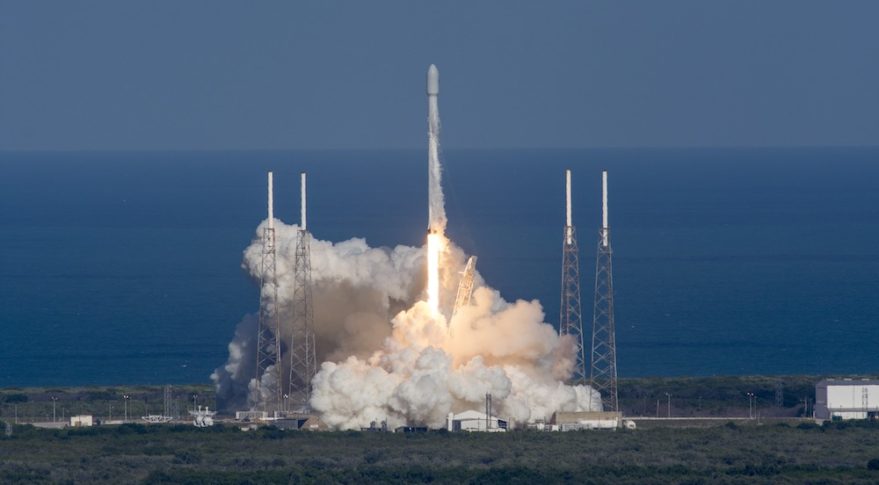SpaceX Unveils its Starship Prototype that may Take People to The Mars Next Year
Elon Musk is dreamy about making interplanetary possible for humans. And for that, he and his company SpaceX have been researching and developing things that possibly can help humans to start living in different planets and visit space whenever they want to. SpaceX completed 11 years since it first made it to the orbit on 28th Septemeber. Marking the date, on Saturday, the CEO unveiled the prototype of another rocket, Starship vehicle named Starhopper, that would take him and his company a bit closer to his dream.
On Saturday night, Elon Musk addressed a gathering of hundreds of people, including employees, local supporters, space enthusiasts and space reporters at the company’s South Texas launch site, where he showcased the new rocket’s prototype named mk. 1. The event was also live-streamed.
According to Musk the rocket still needs improvements in its design and working, but it may go into the orbit within six months. He also talked about the test flights the rocket will be having in one or two months. The test will be conducted at the highest altitude it can go to, like the tests were done for the Falcon rocket, with its prototype Grasshopper rocket. The company took multiple tests for Grasshopper to practice and perfecting its launching and landing. Till now, mk. 1 has completed two successful flights at a lower altitude.
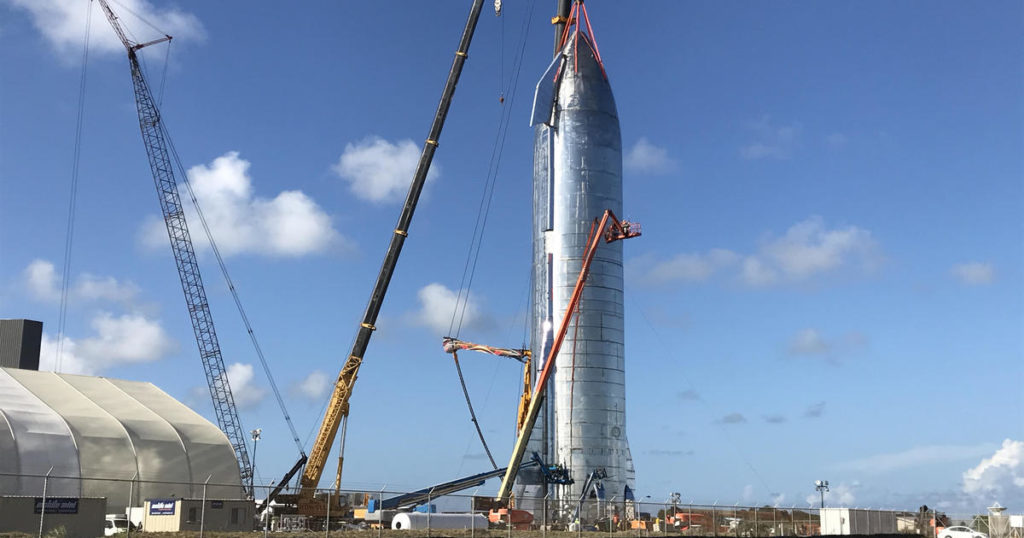
The company built the Mk. 1 during this summer on the South Texas coast and the same will take off from the very coast for the test flights. This won’t be a single rocket. But a fleet of Starship rockets will be developed at Texas and the Florida coast.
“What’s really kind of hard to grasp, at a visceral level, is that this giant ship will do the same thing that Grasshopper did. This thing is going to take off, fly to 65,000 feet, about 20 kilometres and come back and land in about one to two months. So that giant thing, it’s really going to be pretty epic to see that thing take off and come back.” said Musk during the event.
Musk also revealed that the Starship rockets can carry around 100 people and that too for long-duration flights to different planets. The company aims to help the governments to build cities on planets like Mars, such that its rockets would be taking of significant quantities of cargo and people to the other planets.
“Starship serves as a large, long-duration spacecraft capable of carrying passengers or cargo to Earth orbit, planetary destinations, and between destinations on Earth,” SpaceX said.

Yashica is a Software Engineer turned Content Writer, who loves to write on social causes and expertise in writing technical stuff. She loves to watch movies and explore new places. She believes that you need to live once before you die. So experimenting with her life and career choices, she is trying to live her life to the fullest.
